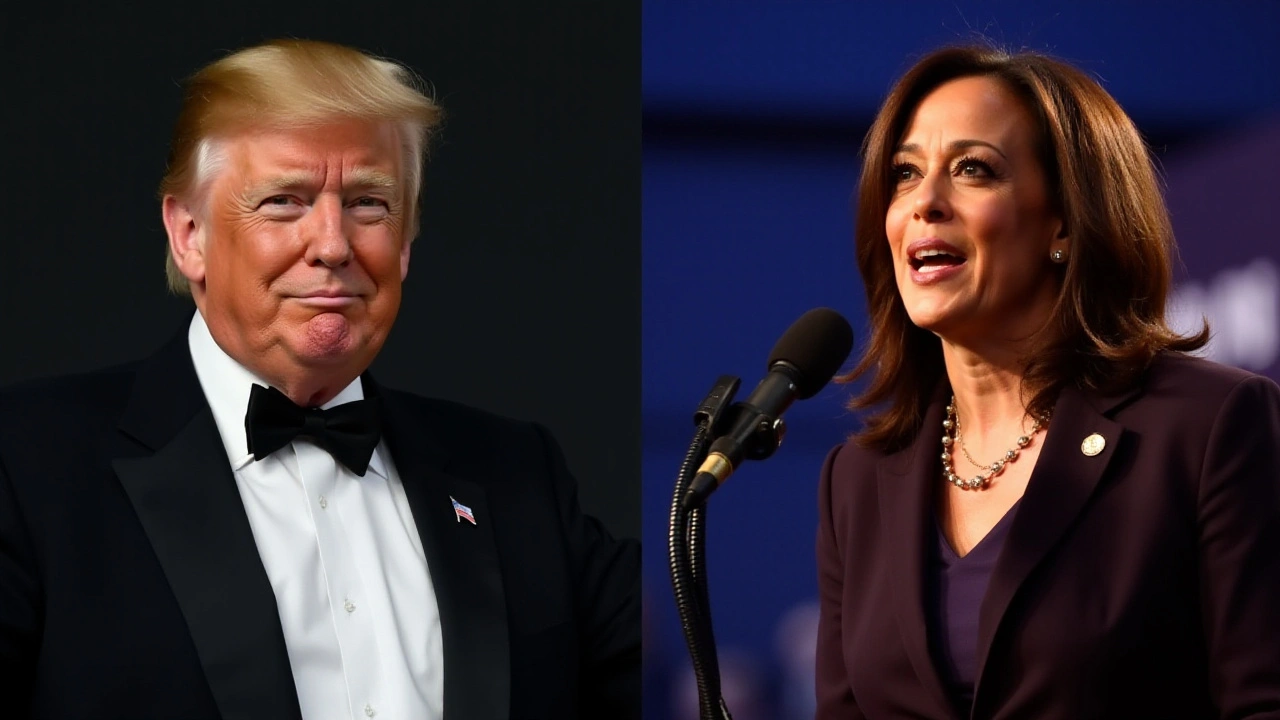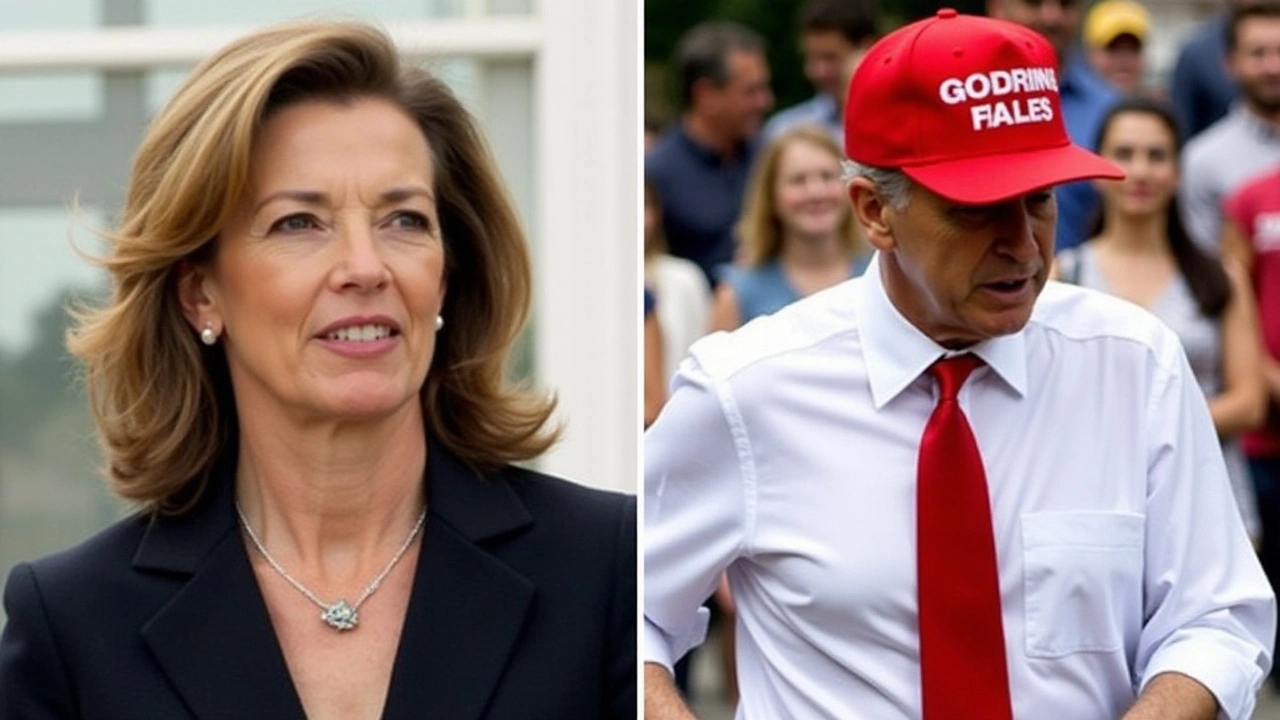- Home
- Trump vs. Harris: Last-Minute Push in Crucial Election Battle
Trump vs. Harris: Last-Minute Push in Crucial Election Battle

A Final Sprint in an Unprecedented Election
The United States stands at the precipice of a presidential election that promises to be recorded in history books not just for its outcome, but for the circumstances surrounding it. As Election Day looms, Donald Trump and Kamala Harris, representing the competing visions of their respective parties, are locked in a heated sprint to engage voters and tip the scales in their favor. Over the past year, the country has been swept up in an electoral storm marked by deep polarization, record-breaking early voting, and pressing national issues that have inflamed passions across the political spectrum.
Battleground States Take Center Stage
The focus of both campaigns has zeroed in on key battleground states - Pennsylvania, North Carolina, and Michigan among them. These regions have become arenas where the election's fate might be decided. Kamala Harris has shifted her campaign into high gear, orchestrating rallies in both Pittsburgh and Detroit, vital urban hubs seen as linchpins for Democratic victory. Meanwhile, Donald Trump is making appearances in Reading and Greensboro, areas where bolstering support among his voter base is crucial. Here, amongst the rolling hills of Pennsylvania and the suburbs of North Carolina, the election's outcome could hinge on turning out voters in significant numbers.
Mobilizing the Base: A Ground Game Like Never Before
With the stakes higher than ever, getting out the vote has become more than just a campaign strategy; it’s a crucial necessity. The campaigns have built vast networks of volunteers and activists, tasked with storming neighborhoods in a bid for votes. In the era of social distancing and health anxieties spurred by the pandemic, traditional door-to-door canvassing and extensive phone banking operations have returned, albeit with safety adjustments. Volunteers, equipped with masks and hand sanitizers, are engaging potential voters face-to-face, while phone banks work tirelessly, dialing from morning till night, trying to reach as many undecided citizens as possible.
Understanding Voter Sentiment and Concerns
Amid the clamor of campaign rallies and the hustle of canvassing, a palpable tension looms. This election has more at stake than the traditional whims of political power—the country's future trajectory on pivotal issues such as healthcare, economic stability, and social justice reforms. For many voters, these concerns are personal and urgent, adding an extra layer of complexity and anxiety as they make their way to the polls. Pollsters have registered a statistical neck and neck race in several battleground arenas, adding to the anticipation and uncertainty that has characterized this electoral season.
Promises and Challenges: Visions of America's Future
The final hours of the campaign have seen candidates focusing heavily on their respective visions for the nation. For Kamala Harris, the message has been one of rebuilding and unity, framing her campaign's policies as remedies to socio-economic disparities and systemic injustices that have long plagued American society. Donald Trump, conversely, has stressed economic resilience and nationalist pride, advocating for policies he argues will safeguard American jobs and domestic industries. These contrasting visions have driven a wedge not only between political ideologies but within communities and families, as the nation wrestles with what values should define the American future.

A Nation Awaits: Anticipation and Uncertainty
As the campaign trail reaches its end, both camps emphasize the monumental importance of voter turnout. With the election outcome hanging on a knife's edge, the final push is on to ensure every potential supporter casts their ballot. A surge in early voting signals an engaged electorate, keenly aware of the election's significance. In the background of this electoral crescendo, however, lies an unpredictable outcome, with polls suggesting a closely contested race. As night falls on the eve of Election Day, America holds its breath, poised on the brink of a decision that will set the course for its future.


Write a comment